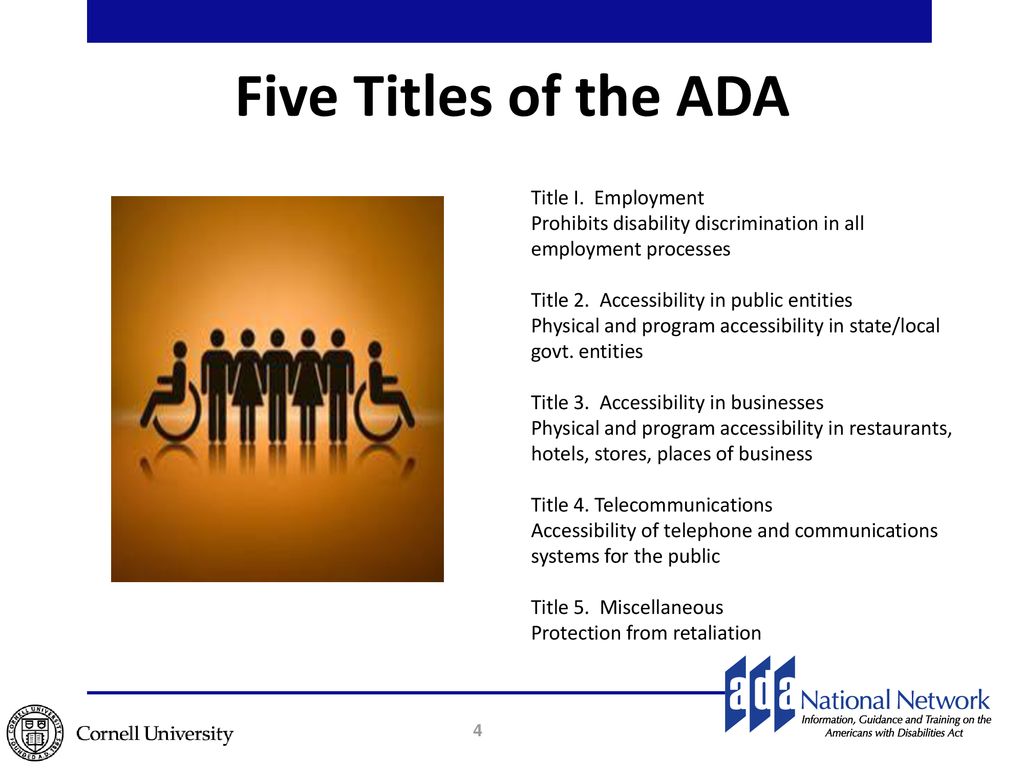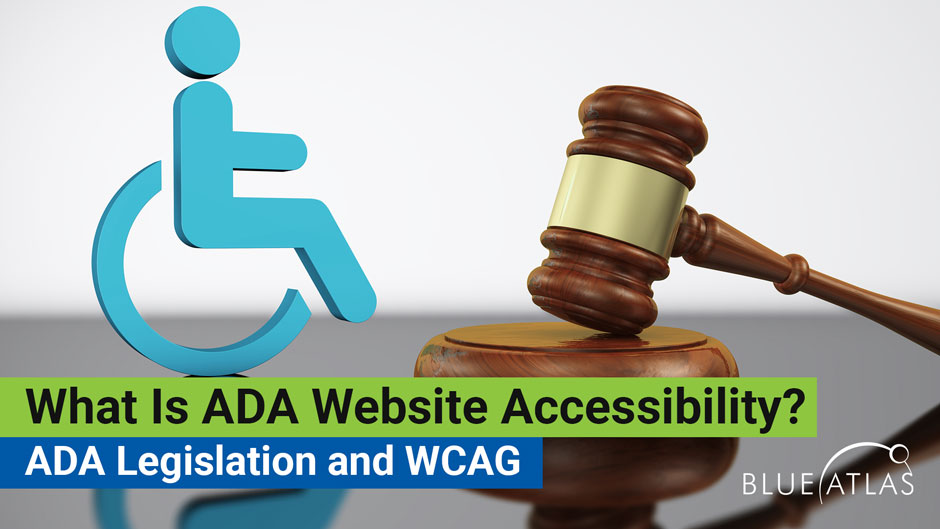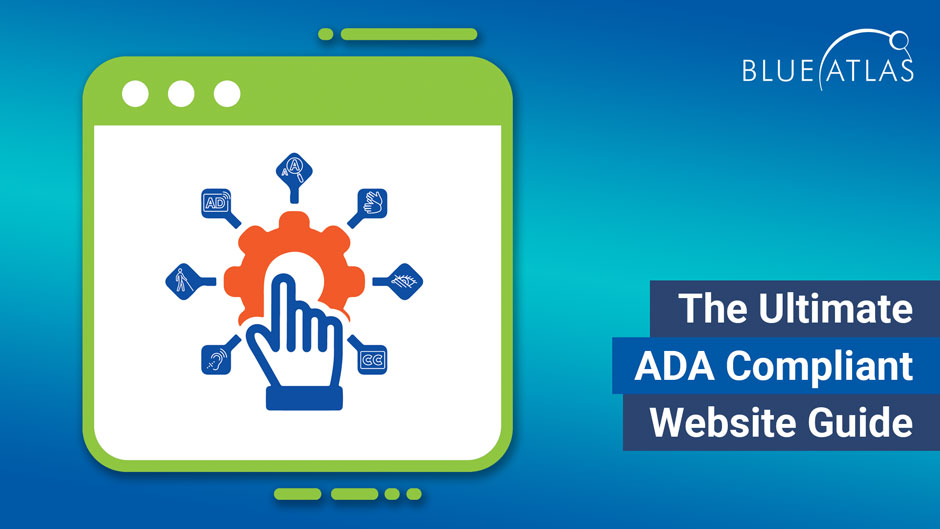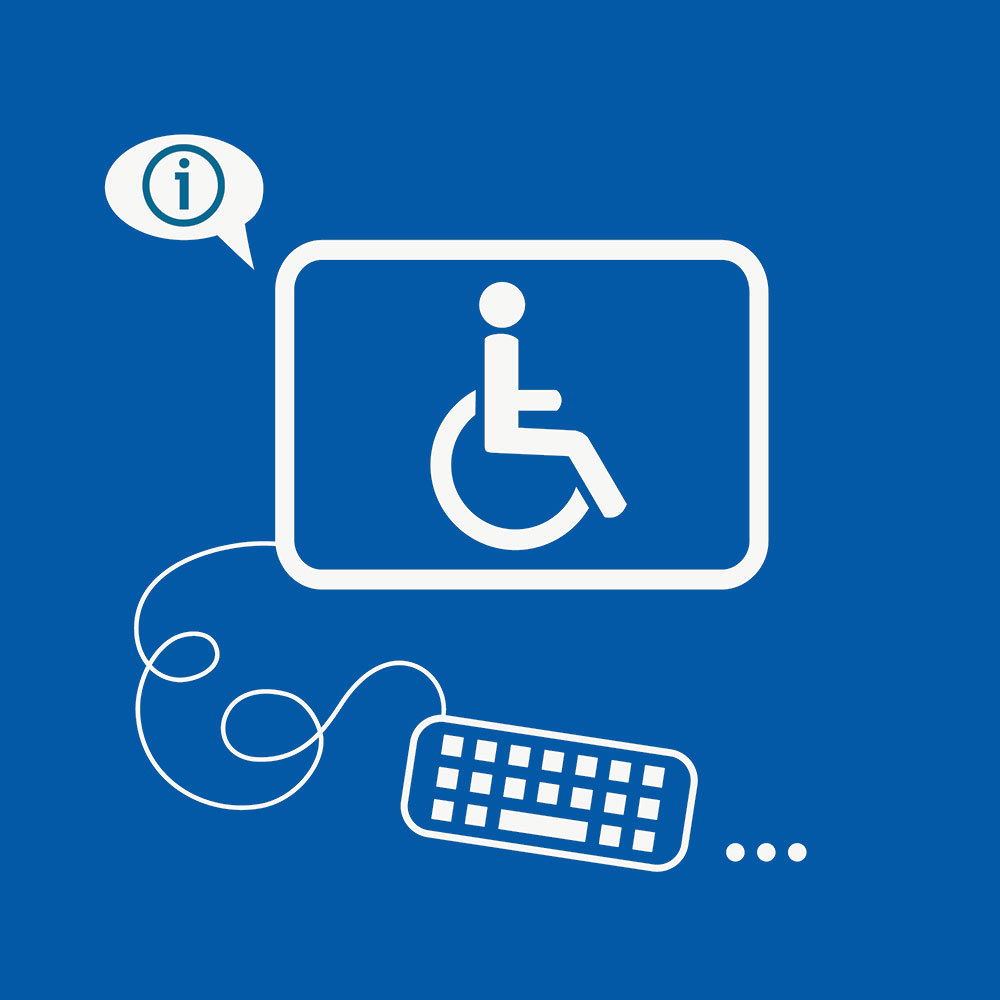What is Title III of ADA?
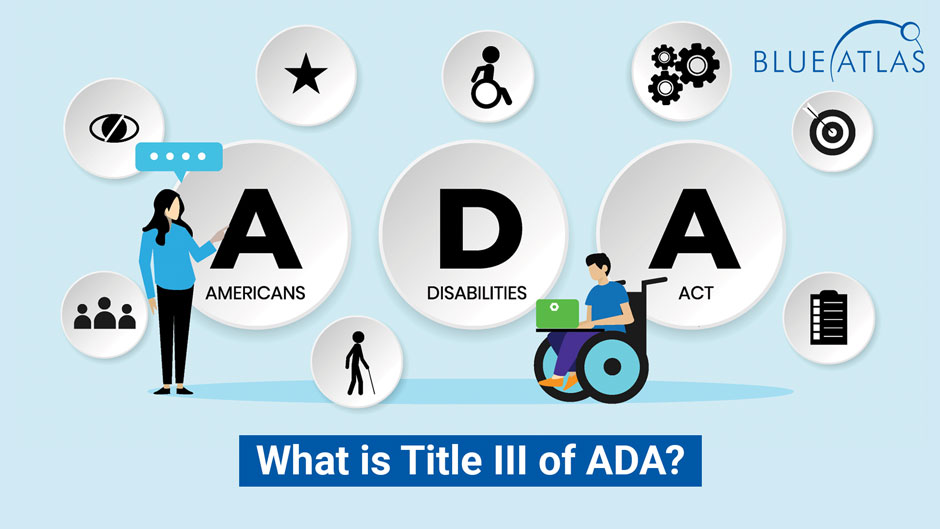
When it comes to accessibility for many common types of American businesses, the ADA – and specifically Title III – is one of the most important laws to understand. Not complying with the ADA could lead to a variety of legal ramifications, but making sure your business is accessible to those with disabilities opens up the potential for more customers. Let’s take a closer look at exactly what Title III is.
What is the Americans with Disabilities Act (ADA)?
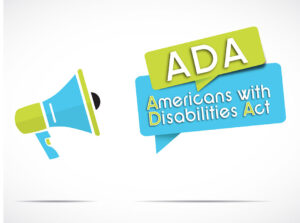
It is the Americans with Disabilities Act, a federal law signed in 1990. This is a civil rights law specifically designed to accommodate those with disabilities. It touches on many aspects of everyday life, including communication, transportation, access to government services – and requirements for businesses dealing with customers who have disabilities. The Act was made to be similar to previous civil rights laws protecting individuals on the basis of their race, color, sex, nationality, age, etc.
According to the ADA, individuals with disabilities can span many different types of disabilities, both mental and physical. That includes things like muscular dystrophy, epilepsy, cancer, diabetes, learning disabilities, disabilities related to past injuries, and much more.
The ADA is occasionally updated with new amendments that clarify and expand its coverage. One of the latest amendments was in 2010.
What is Title III of the ADA and Why Is It Important for Businesses?
The “Titles” of the ADA provide explicit requirements for different kinds of entities. Title III is important to the average business owner because it covers public accommodation, a.k.a. most private businesses. The ADA is clear about this: If a business falls under Title III, then:
- All new construction or remodeling must be accessible to individuals with disabilities
- If a business has existing facilities, barriers to service (this is an important term to keep in mind) must be removed if readily achievable.
- For businesses that have a public place where customers are present, it must provide services in an integrated setting that does not withhold certain services from individuals with disabilities.
Is My Business Covered Under Public Accommodations?
Almost certainly. The ADA has a list of the types of entities, 12 in total, that fall under Title III, and it’s so comprehensive that most private businesses in the United States fall under it. That includes bars, banks, hotels, restaurants, retail stores, dry cleaners, professional offices, hospitals, train stations, educational facilities, care centers, gyms, golf courses, and much, much more. If your business has a space for customers, it falls under Title III.
What are Important Requirements Under Title III of the ADA?
Title III and the ADA are first concerned with what a business can’t do, i.e. discriminate against those with disabilities in any way. However, the law also led to the development of the ADA Standards for Accessible Design. These provide specific recommendations on the ways that a business can meet Title III requirements, especially when it comes to building design and how services or products are provided. That obviously covers a lot, but there are several common Accessible Design examples that we can look at to see what’s important:

- Removing communication barriers. This often refers to physical barriers that make it difficult or impossible for someone with a disability to approach or understand what is being said. A common, everyday example we see is a wheelchair ramp next to a flight of stairs – this is the ADA in action.
- Provide goods and services in an integrated setting so that those with disabilities are not separated from others – with exceptions when separate measures are needed to provide equal access, etc.
- Making reasonable modifications of business processes or policies that deny equal access to those with disabilities. Sometimes policies can unknowingly create problems to those with disabilities. When business owners are made aware of this, they should change their policies to account for it.
- Offering customers auxiliary aids to help them communicate. This may be particularly important if physical barriers cannot easily be removed.
Does Title III of the ADA Apply to Websites as Well?
Here, things get more interesting. The original wording of Title III does not expressly mention that public accommodations refer to websites or digital spaces – it was 1990, after all. The descriptions of the original public accommodations were all physical spaces.
However, as the internet became a more and more vital part of conducting business, recognition grew that the ADA may need to apply to things like websites as well. For many years there was a lot of back and forth in the courts about how and where the ADA applied to websites, and what burden was on the business itself to make changes. A new amendment was proposed to clear the muddy waters in 2018 but was not able to pass the Senate. However, case law and precedent are slowly making headway, and the Department of Justice has made it clear for over 20 years that “public accommodations” should apply to websites, mobile apps, and similar creations.
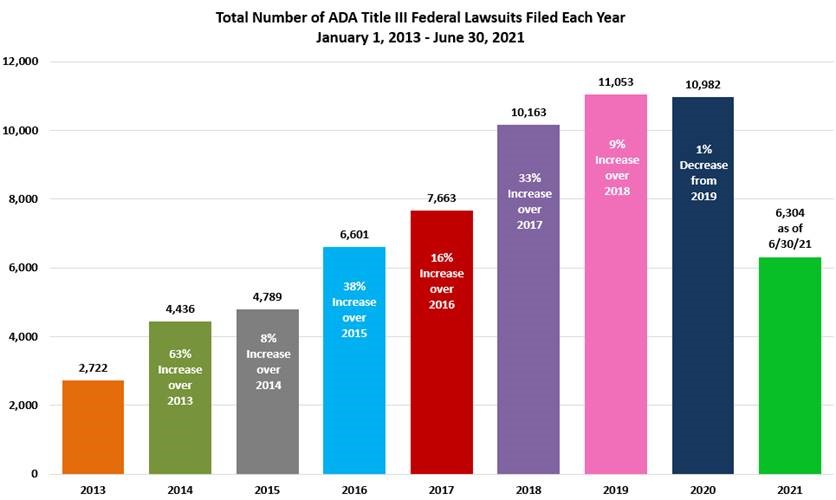
Many lawsuits related to websites have been filed against businesses, and won, by individuals with disabilities. This is one reason following Title III guidelines is important. Blue Atlas Marketing is happy to help companies with older websites find ways they can successfully meet Title III requirements with new designs according to the latest Web Content Accessibility Guidelines (WGAC).

Do “Readily Achievable” and “Reasonable Modifications” Provide Much Leeway?
These are important phrases because they avoid putting an undue burden on businesses to meet ADA requirements. However, they primarily apply to the physical limitations of existing buildings and similar considerations. For online websites, there’s not really an undue burden to alter the site, so this isn’t usually applicable.
What About Titles I and II?
Title I primarily focuses on employees and equality in employment – it prohibits discrimination when it comes to individuals with disabilities applying for jobs, getting job training, being fired, and so on. Title II specifically covers state and local governments to make sure they are not exempt from ADA rules. There are also Titles IV (specifically directed at telecommunications companies), and Title V (which covers a wide variety of extra details from rules of retaliation to what conditions aren’t technically considered disabilities). Title III is cited often because it’s the one that covers most private businesses.
